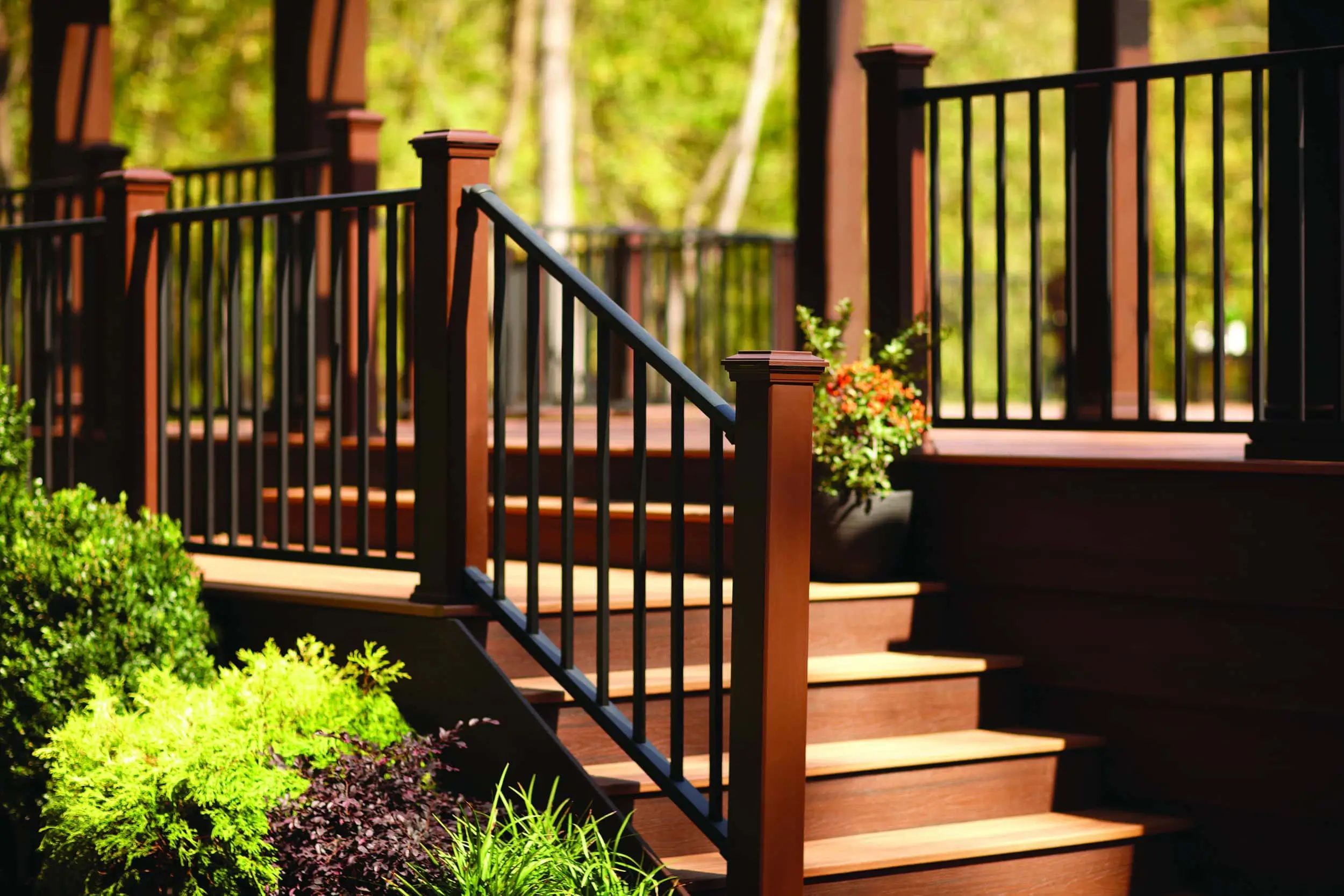
Outdoor Living
We unite suppliers and green industry professionals worldwide
Wallflowers sound shy, but in the garden, they are anything but. With their cheerful clusters of blooms and intoxicating scent, wallflowers (Erysimum) are springtime standouts
By Victor Miller
|Published on June 07, 2025


“Why be a wallflower when you can bloom where you’re planted?”
Wallflowers sound shy, but in the garden, they are anything but. With their cheerful clusters of blooms and intoxicating scent, wallflowers (Erysimum) are springtime standouts.These delightful perennials (often grown as biennials or annuals) are native to Europe and it’s difficult to find a spot where they won’t succeed.They flourish in even poor soils and cope with drought with ease, and flower when many other plants are still waking up.
Their common name comes from their love of growing in rocky crevices or along walls—places others might overlook. But don’t be fooled by their modest beginnings. Mature wallflowers erupt into a fragrant, colorful display that no pollinator can resist. Whether snuggled into garden beds, cascading from containers or dotting cottage borders, wallflowers are easy-care charmers you’ll want in every sunny corner.
| Botanical Name | Erysimum spp. |
| Common Name | Wallflower |
| Type | Perennial, biennial, or annual (depending on the variety and the climate) |
| Height | 12–30 inches |
| Sunlight requirements | Full sun |
| Soil | Well draining, even poor or rocky soil |
| Watering Needs | Low to moderate |
| Hardiness Zones | 6–10 (depending on species) |
| Time to Bloom | Early spring to summer |

September 05, 2025
9 minute read
September 05, 2025
19 minute read
September 05, 2025
19 minute read
September 04, 2025
24 minute read


Join as a seller and connect with thousands of B2B buyers nationwide!
Sign Up

Elizabeth Magnolia
Magnolia 'Elizabeth' is a graceful deciduous tree known for its soft yellow, lemon-scented flowers that bloom in early spring before the foliage. With its upright form and subtle color, it’s a favorite for adding elegance to any landscape.

Sassafras
With its uniquely mitten-shaped leaves, spicy aroma, and a history rooted in both Native American tradition and Southern cooking, Sassafras is much more than an ornamental tree — it’s a living record of culture, utility and seasonal beauty.
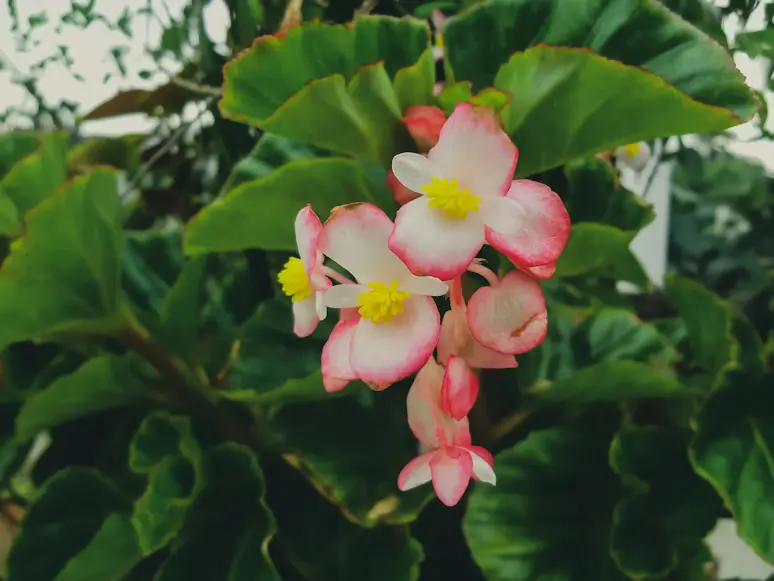
Wax Begonia
The Wax Begonia is a garden favorite for its shiny, waxy leaves, and clusters of long blooming flowers. Available in pink, red, white, and bi-colored forms, this versatile plant thrives in both sun and shade and works beautifully in borders, containers, a

Acoma Crape Myrtle
Acoma Crape Myrtle is a compact, multi-stemmed beauty that delivers spectacular summer flowers and beautiful peeling bark, perfect for small spaces and big impressions! It is famous for having white flowers and smooth, attractive bark.
Wallflowers are robust and can tolerate neglect, so they are perfect for all kinds of gardeners. These drought-resistant plants like dry to moderately moist conditions, and soil that drains well - even if it’s poor or gravelly. After planting, they need little fertalizations, and they don’t like overly rich or wet soil. The majority of wallflowers flower best during their second year (if grown as biennials) but some perennial wallflowers will flower in the first year.
Plant them in spring or fall and they will be the happiest. Water well and trim often for longer blooming. Bonus: deer often leave them alone and pollinators adore them.
It is preferable to grow wallflowers in full sun. You need a site that receives at least 6 hours of direct light each day. Though they can handle partial sun, fewer rays will lead to reduced flower production and leggier growth. In warmer climates, some afternoon shade can help prevent fading during peak heat.
These plants aren't picky, which makes them excellent for challenging garden spots. Most wallflowers will grow in any well-draining soil and some will do particularly well in rocky, sandy or poor soils. Steer clear of heavy clay or very wet conditions, as excess moisture can cause the roots to rot. Slightly alkaline or neutral soil (pH 6.5 to 7.5) is ideal.
Wallflowers prefer moderate watering. Allow the soil to dry a bit between waterings, and prevent overly saturated conditions. Water during hot spells or when growing in containers when the top inch of soil feels dry. Once they are rooted, they are quite drought tolerant.
* Note: Overwatering is one of the quickest ways to shorten their lifespan.
Pruning enhances bushy growth, discourages legginess and prolongs the flowering period. Here’s how to do it:
Wallflowers are easy to grow and are easily propagated from cuttings or seed:
Wallflowers grow well in containers and can brighten patios and balconies.
In colder zones, wallflowers are often treated as biennials or reseeded annually. Perennial varieties can survive winter with a little help. Cut back spent stems in late fall, then mulch the base with straw or compost to protect roots. Avoid wet soil in winter, because sogginess can be fatal to the plant. In pots, they can be placed in a protected location or unheated greenhouse until spring comes.
Wallflowers begin blooming in early to mid-spring and can flower well into summer with deadheading. Their sweet-clusters come in red, purple, ivory, yellow, red and pink, attracting all bees and butterflies. The key to continued flowering is cutting back spent blooms and avoiding too much fertilizer, which encourages foliage over flowers.
Wallflowers dislike excessive moisture, which can cause fungal issues. Regular pruning and spacing will help to minimize mildew risk. Also, short-lived varieties may diminish after producing a profusion of blooms. To keep your display going strong, sow seeds regularly and replace aging plants as needed.
Wallflowers are usually easygoing but can encounter a few obstacles.
Wallflowers are the forgotten stars of the spring garden — humble in their requirements but strong in color and scent. Whether grown in rock gardens, tucked into containers, or massed in wildflower beds they reward gardeners with early-season bloom and almost effortless beauty. With minimal water, no-fuss soil needs, and a cheerful disposition, wallflowers demonstrate that even modest plants can make a dramatic impact.
They can be both - many are short-lived perennials or biennials treated as annuals in colder climates.
Yes. Under the right conditions they can reseed and naturalize very well.
Deadheading keeps them blooming from early spring to summer.
Not usually. A light spring feeding can help in poor soil but too much will diminish flowers.

Outdoor Living
Victor Miller
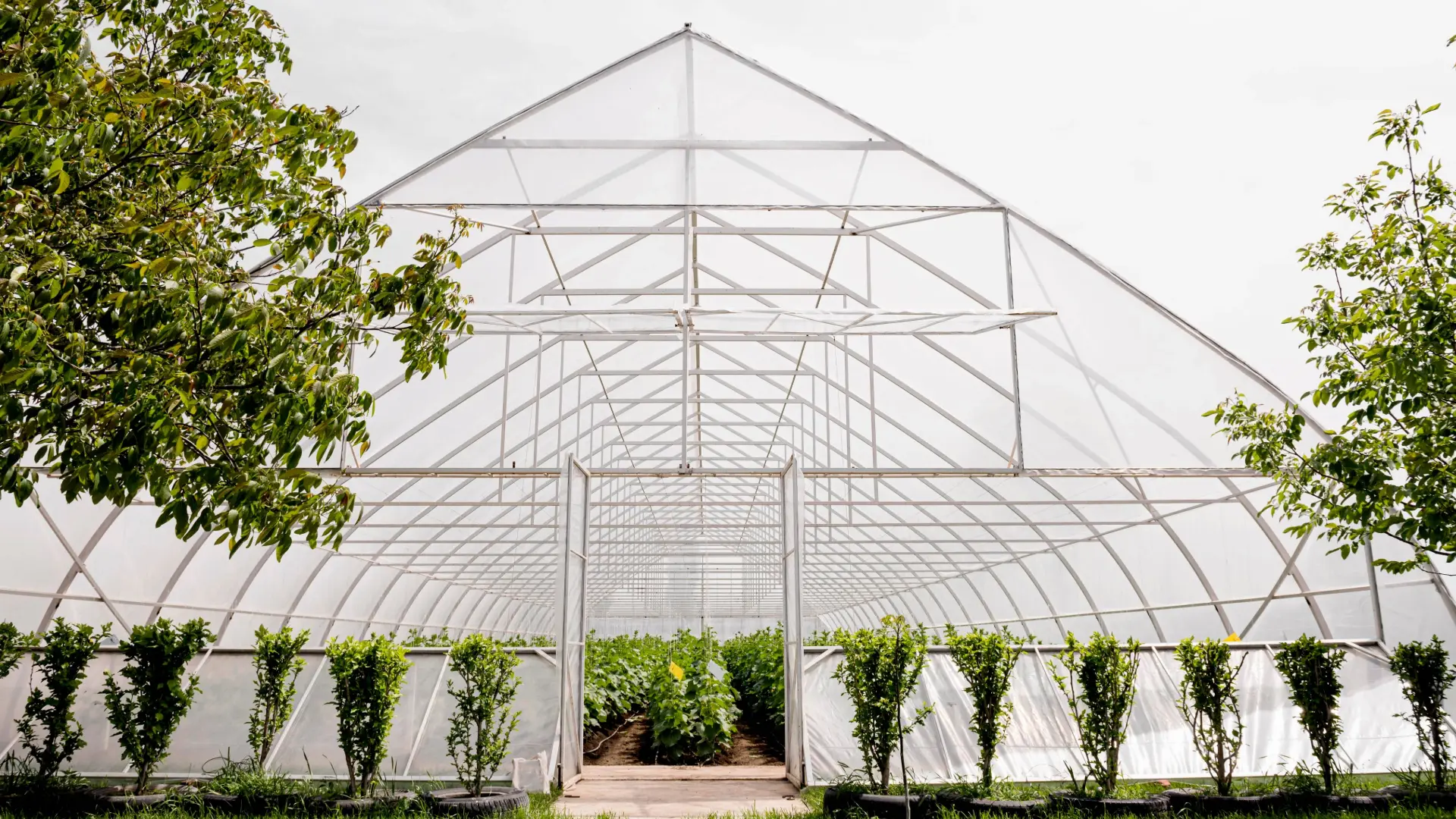
Greenhouse Growing
Gina Lazaarus

Agricultural Policy & Innovation
Gina Lazaarus

Software & Robotics
Gina Lazaarus
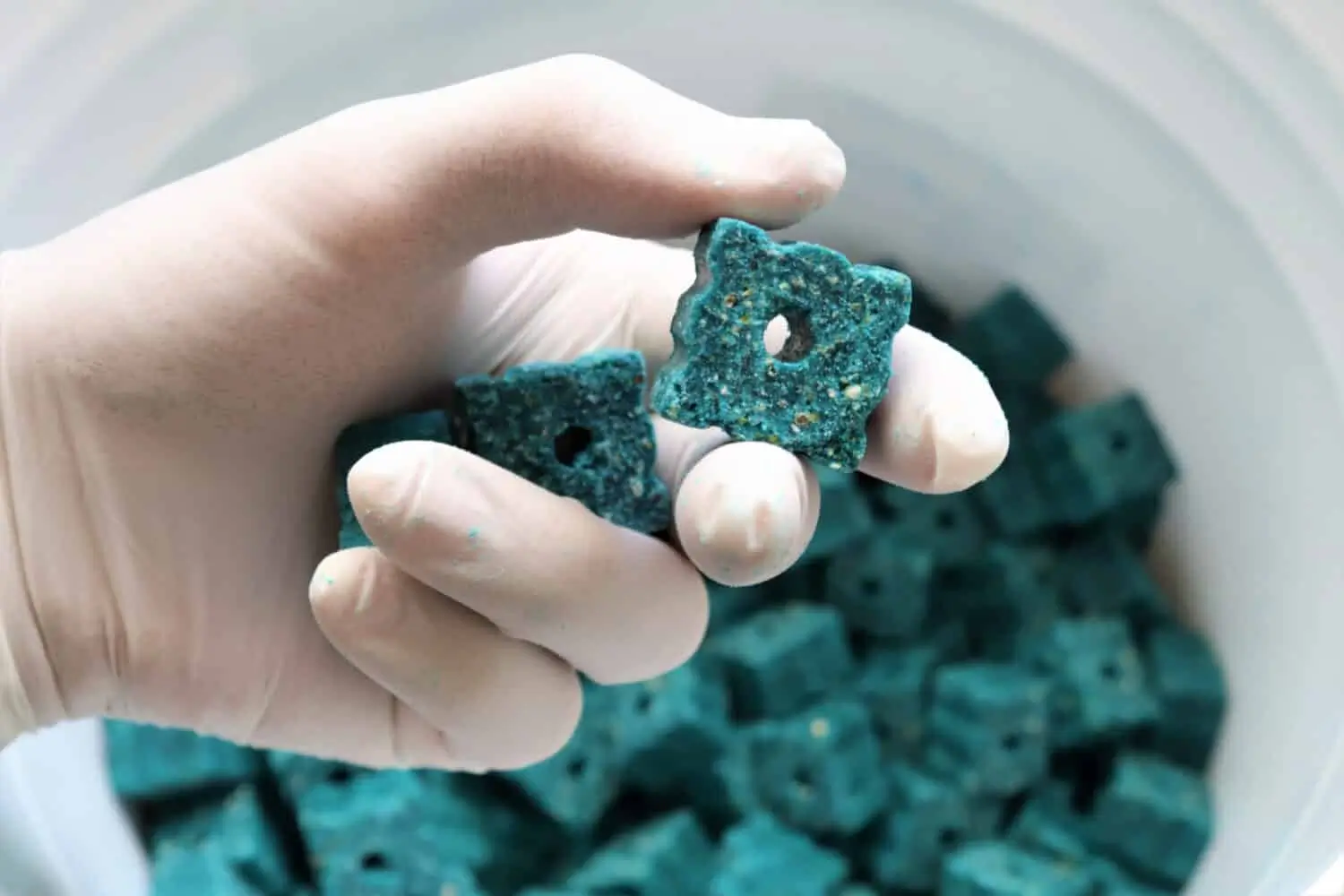
Organic & Natural Pest Solutions
Victor Miller
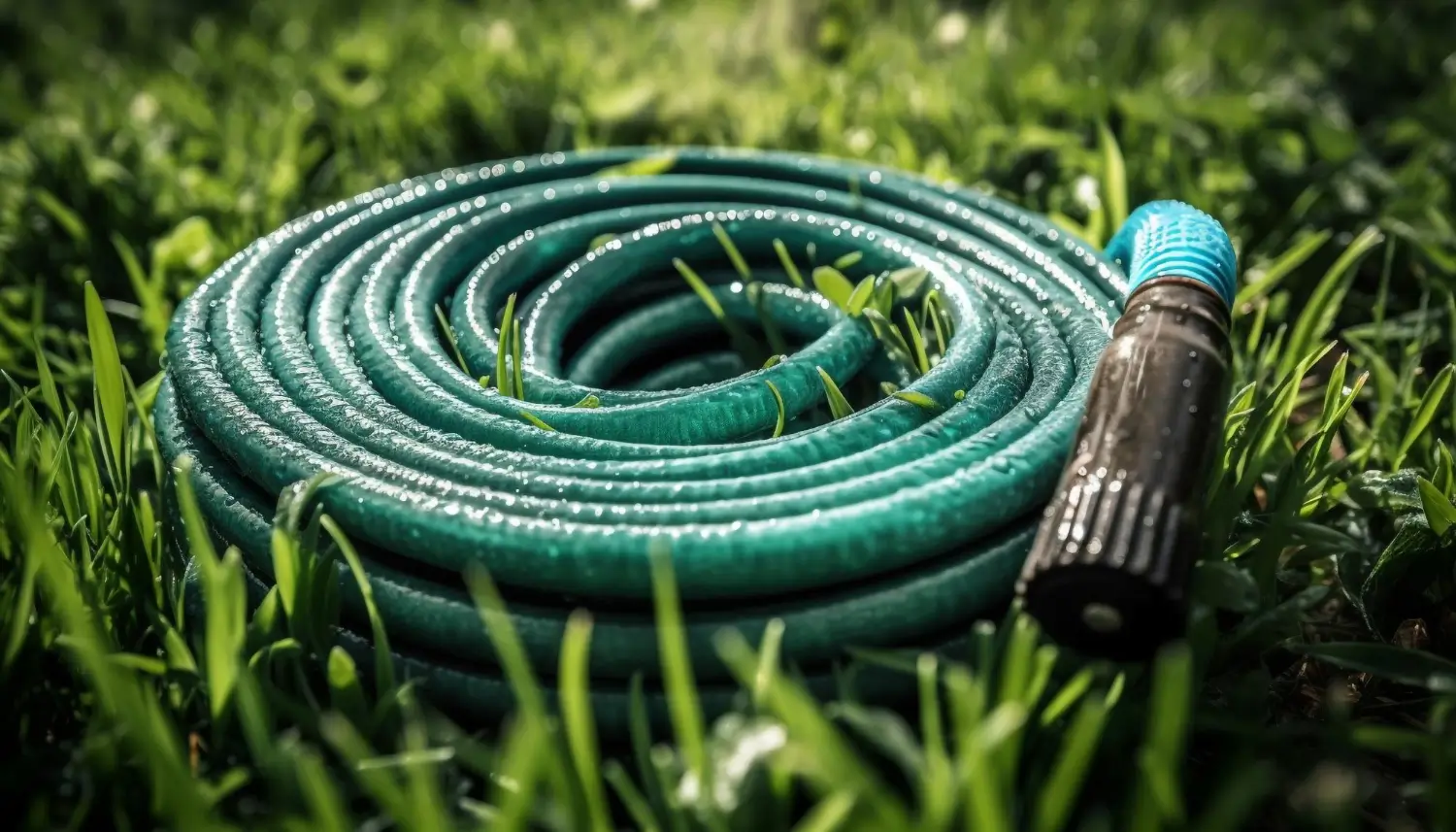
Irrigation System Design & Tips
Victor Miller

Construction Tips & Techniques
Victor Miller
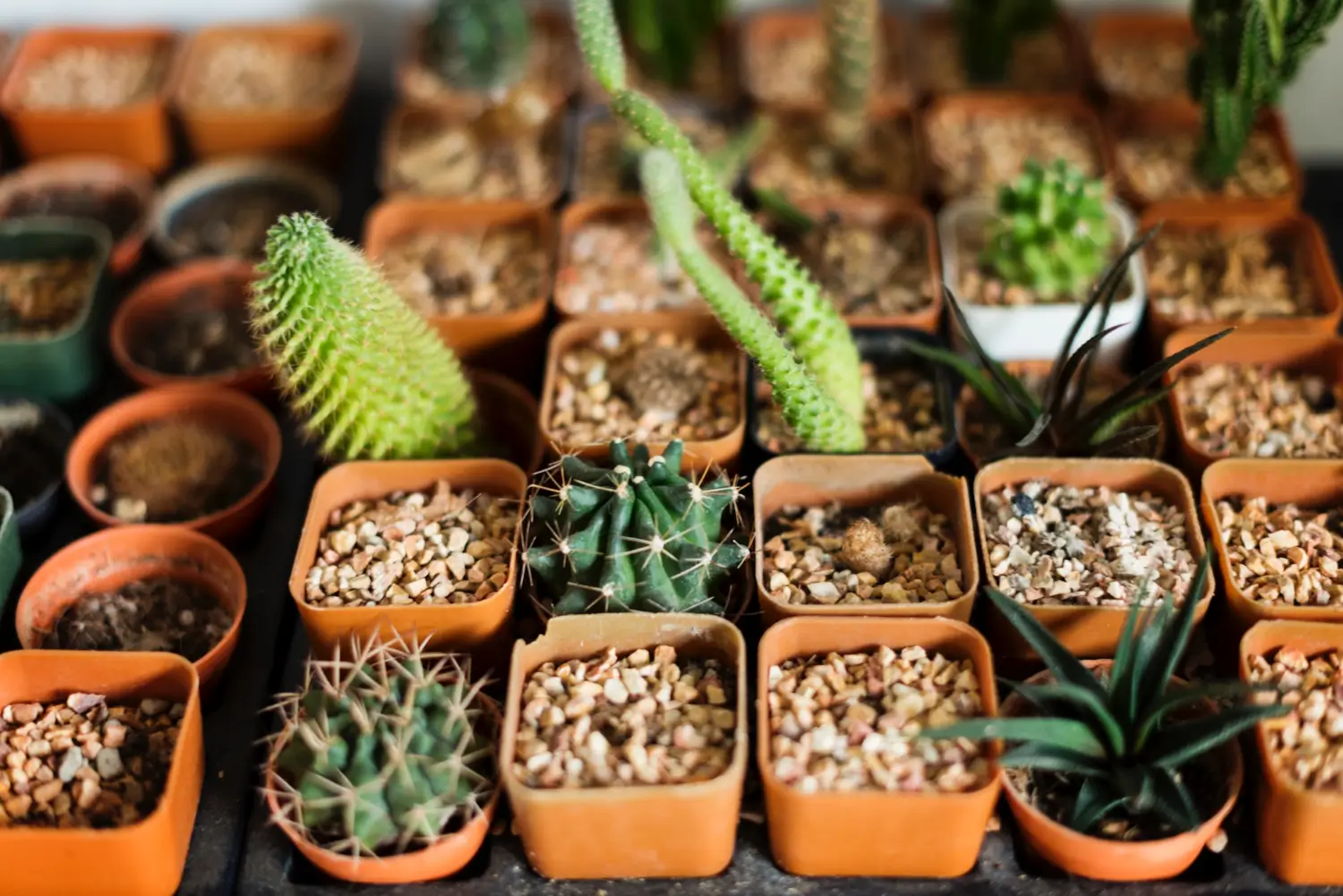
Lawn Care Tips & Maintenance
Victor Miller
My Account
Our team is always here to help.
We are open Monday - Friday, 9:00 AM to 4:30 PM PST.